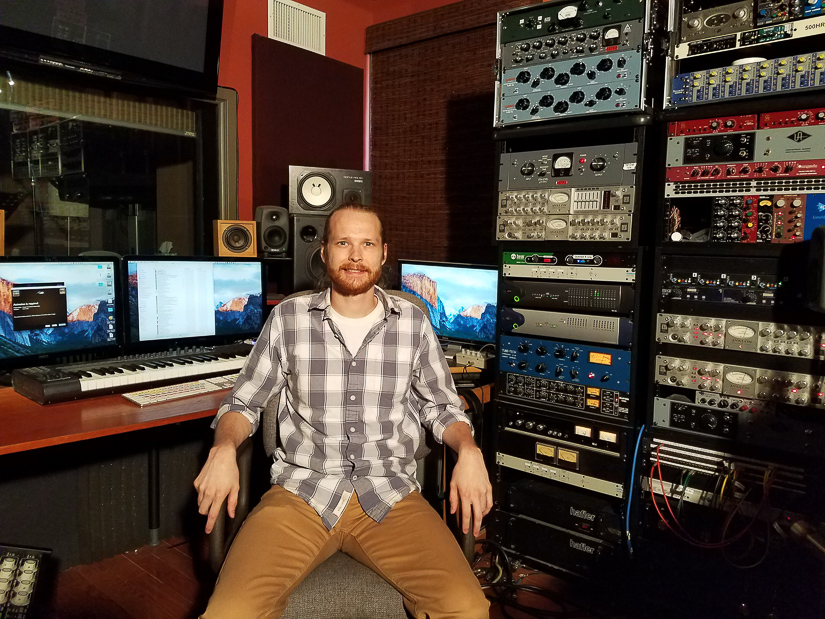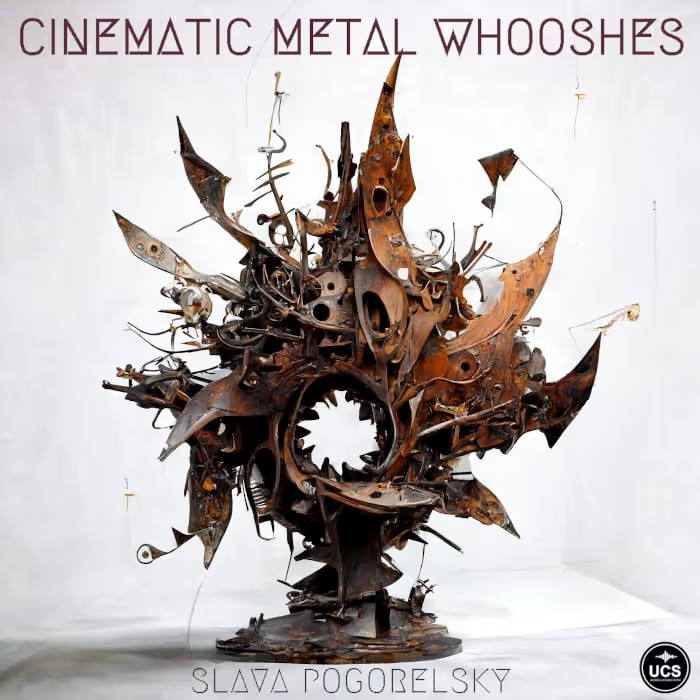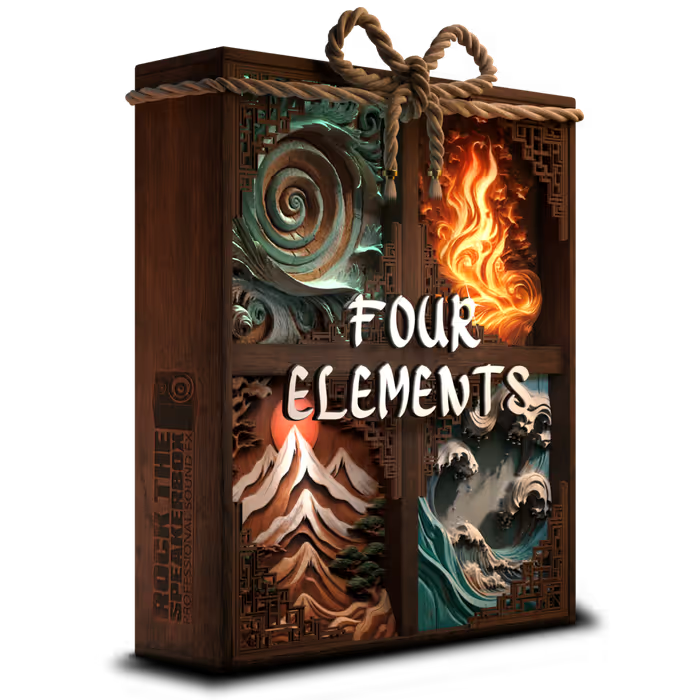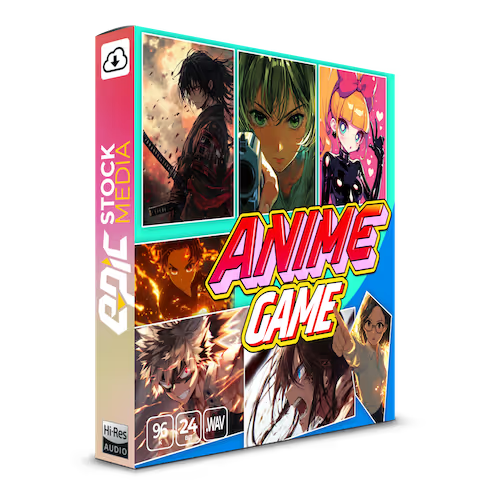I n response to the COVID-19 pandemic, many companies are switching to remote-based workflows. The bright side: the commute is amazing. The downside: the transition is stressful!
Here, we talk to Mixer/Editor/Producer Steve Campagna at Philadelphia Post about making the move to working remotely. Philadelphia Post works with clients from the advertising, film, television, and radio industries. Typically, their client interactions are face-to-face and their recording booths are talent-occupied. But Campagna is now handling his workload at home. Find out his recommended ways of sharing assets and choosing the right gear for remote recording sessions. He also talks about addressing client changes ‘after hours.’

For a studio that typically works with clients face-to-face, what are some important steps to take in order to move to a remote-based workflow? What should the studio keep in mind? What should clients be aware of?
Steve Campagna (SC): Clients should be aware that the session will move slower; you can’t give feedback as quickly or even read the room. It’s much easier to step on someone else’s words when you can’t see them or if there is latency through the line. Or sometimes someone might experience tech issues that need to get fixed before the session can proceed.
I think it is important to be concise with your words but also make sure you have a light and relaxed tone. Sometimes, remote sessions can feel a bit cold and distant so you want to make people comfortable.
What are some recommended ways to share assets (videos or audio files) for review? Any particular file sharing platforms (like Dropbox or Google Drive) or project management tools you recommend?
SC: We use Hightail here. I can set up a “Space” where people can comment or review and I can update the files with newer versions as we go. This is especially useful because they will always know where to go to get the latest version. In the past, I’ve used WeTransfer or Dropbox but it’s easy to get mixed up with what revision you are on. We work with larger studios and productions on our ADR stage and we’ll use the client’s Aspera or Media Shuttle account for this.
Gear-wise/tech-wise, what should a studio have in order to make a remote-based workflow possible?
SC: The one piece of tech we couldn’t do without is Source-Connect. It enables high-resolution audio through the internet, user to user, but I’m sure most readers at this point already know what it is.
I believe you can also bridge an ISDN line through Source Elements (the company that makes Source-Connect). This will allow us to connect to a VO in NYC. Then, using our phone-patch dial-up, our clients can listen in to the recording session and direct the talent if needed.
We also use Source-Connect to connect actors with studios in LA. By either sending LTC on channel-2 of a stereo connection or using the RTS function within Source-Connect itself, we can drive the Pro Tools rig on the stage remotely from our studio.
Source-Nexus is probably a close second as far as tech is concerned. It is a 24-channel audio driver and AAX plug-in that allows you to access all of the I/O connected to the computer. So, for instance, you can have a send/return AUX for Skype, or Dialpad, or FaceTime, or whatever you want. We’ll use this in conjunction with Source-Connect Now (the free version of Source-Connect) to have the director call in and be able to hear the talent perfectly clear.
There are some other pieces of gear that come in handy too. Comrex makes a VoIP hardware unit called “Access” that allows full bandwidth, has extremely low latency and a solid connection. This unit was popular with studios but is very popular with broadcast folks. We use this to connect remote guests on NPR live shows.
• To help you power through this, we’ve compiled a free Audio Community Power Pack for you here.
• If you need to work from home, get a temporary license for REAPER here
• Avid is also offering temporary licenses here
• The Tonebenders Podcast is keeping an eye on companies providing additional help and support during this time here
• If you need to study from home, check out this guide on effectively taking classes from home
• For those of you who do teaching, much of that has now moved online, and here’s a great overview of resources that’ll help you run virtual classes.
• Women In Sound has an overview of resources that can come in handy in these challenging times here
Is it possible to have a video conference with the client while recording talent remotely, to simulate how a recording session would happen if everyone was in the studio together?
SC: Absolutely. Again, Source-Nexus is your friend. If they want to use Skype to connect, just simply send from Pro Tools to Skype using the Source-Nexus plug-in. Then, in the booth, I’ll use an iPad signed into a second Skype account and add that user to the call (making sure to mute the input and output of the iPad). If talent is also remote, it’s the same setup but you’d have the talent group-call from their studio.
When recording VO talent remotely, what are some things to consider on the studio side? What are some things that are expected on the talent’s side?
SC: Always make sure to connect 10 minutes early. Tech issues do and will happen, and you’ll need to troubleshoot those before you dial into the clients.
Also, make sure you’re sending things at appropriate levels. For instance, you don’t want your talkback to be too quiet or playback of a VO take to be too loud. I usually just look at the meter to judge this roughly. I like to chime in if we are discussing things on our side without the talent listening, just to let the talent know that we’re still there and that we’ll give more direction to them in a minute.
For the talent, again it is wise to connect a few minutes early to get everything set. Sometimes I may have you change a gain setting or be slightly further or closer to the mic. It’s always good to get those things sorted out before the clients join in.
Other than the tech, it’s pretty much like any regular session.
With a remote-based workflow, the entire studio doesn’t have to stay open for sessions that go overtime. And with email, there’s basically 24-hour access to the mixer/sound designer. How do you set boundaries so that clients aren’t asking for changes/fixes/edits at all hours? Is it important to define ‘hours of operation’ up front? Or, is 24-hour access considered a perk of the remote-based workflow?
SC: This can be tough, but I think most reasonable clients would expect you to fix something after hours. Sometimes there is an urgent request and you’ll need to use a remote workflow to make them happy and I consider that a great thing. If you can save the day by getting a last-minute change out at 10 pm, then I would say it’s a perk of remote working.
On larger or longer projects, it’s definitely a plus to be able to work remotely. Previously, I might have needed to stay late or come in after hours.
On the other hand, if it’s something I know can wait until the next day and they don’t need it ASAP, then I’ll just respond with “I’ll take care of it in the morning.” I’ve yet to have someone get upset by anything.
I think one take away is to not advertise to people that you are available 24/7. Everyone has their own lives and, for the most part, expect you to have one too.
The Tonebenders Podcast has just published this roundtable with Kate and Jeff from Boombox about the current coronavirus situation and how it affects the sound community:
Any specific tips or strategies or resources you’d like to share to help other studios make the transition to a remote-based workflow in the face of the COVID-19 pandemic?
SC: Make sure your clients know you can still work! Send a newsletter out to them explaining your working situation.
A big thanks to Steve Campagna for giving us tips on how to transition to a remote workflow and to Jennifer Walden for the interview! Have any tips or ideas to share? Please leave a comment!







